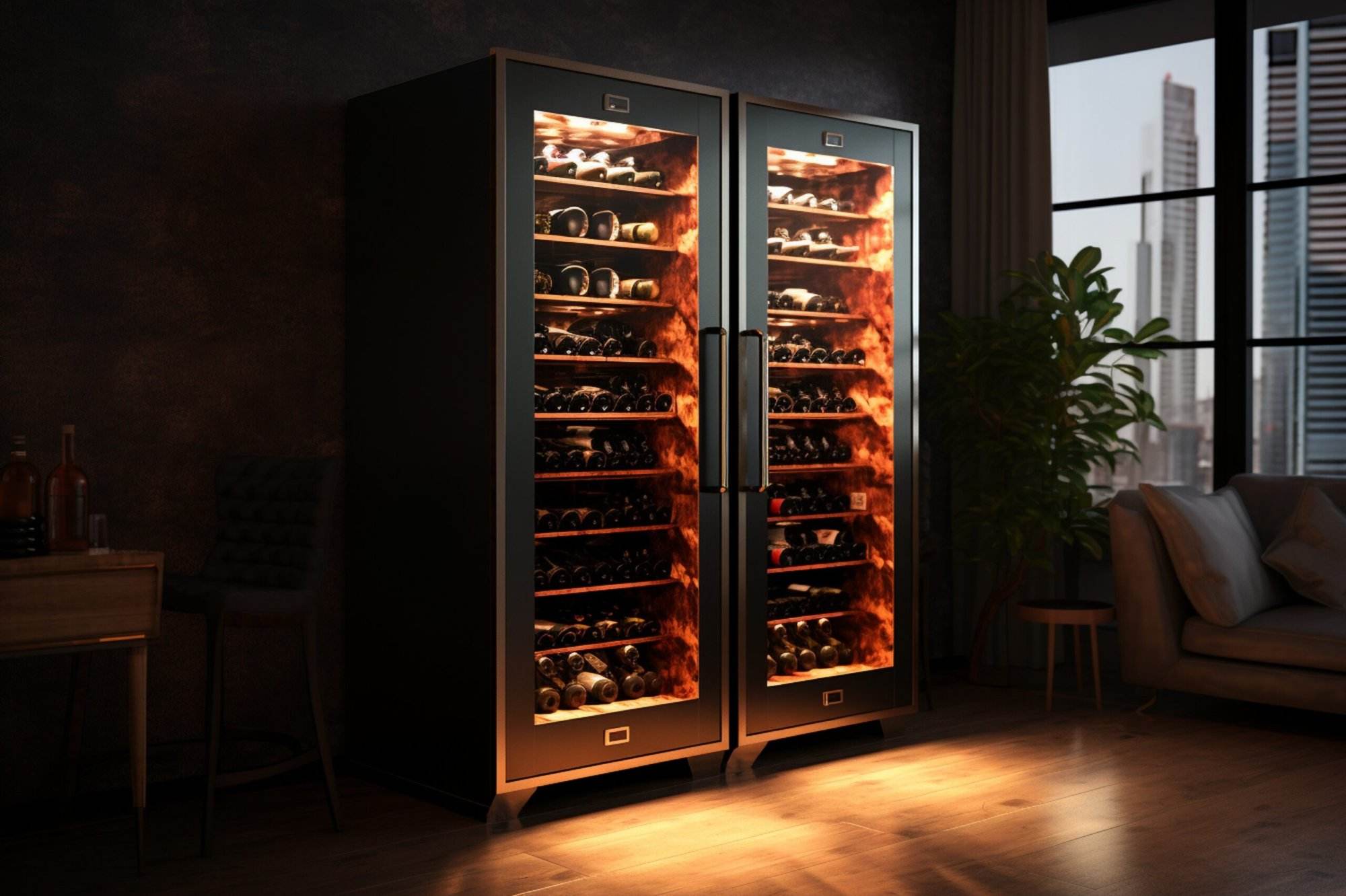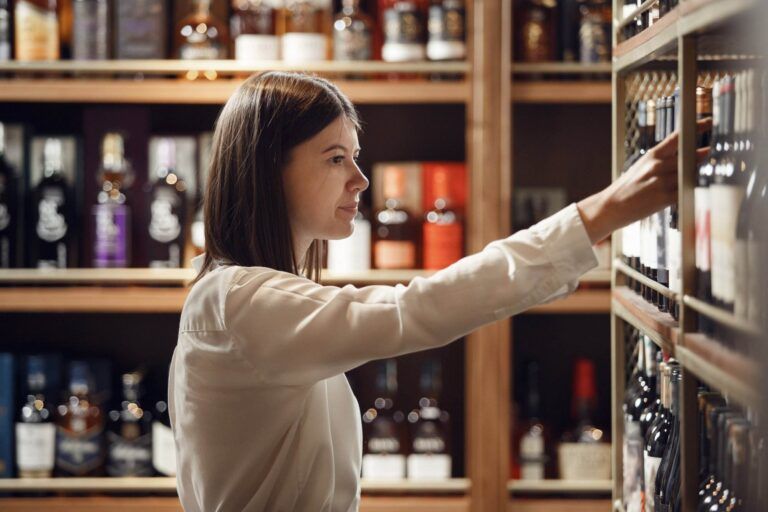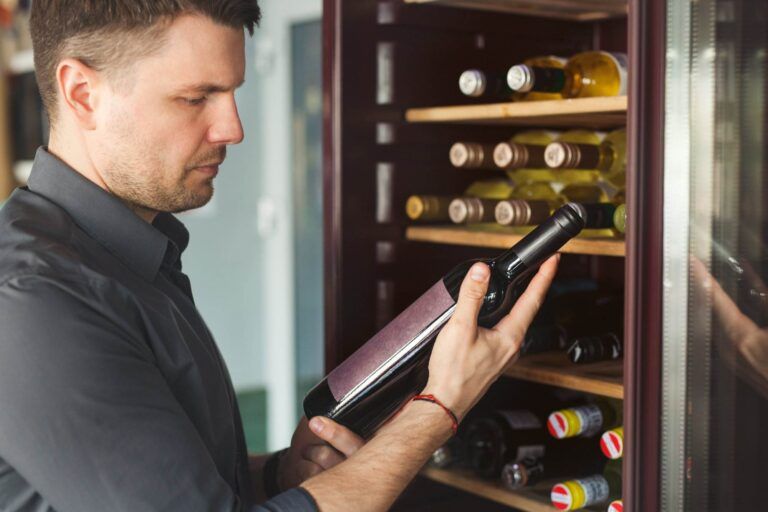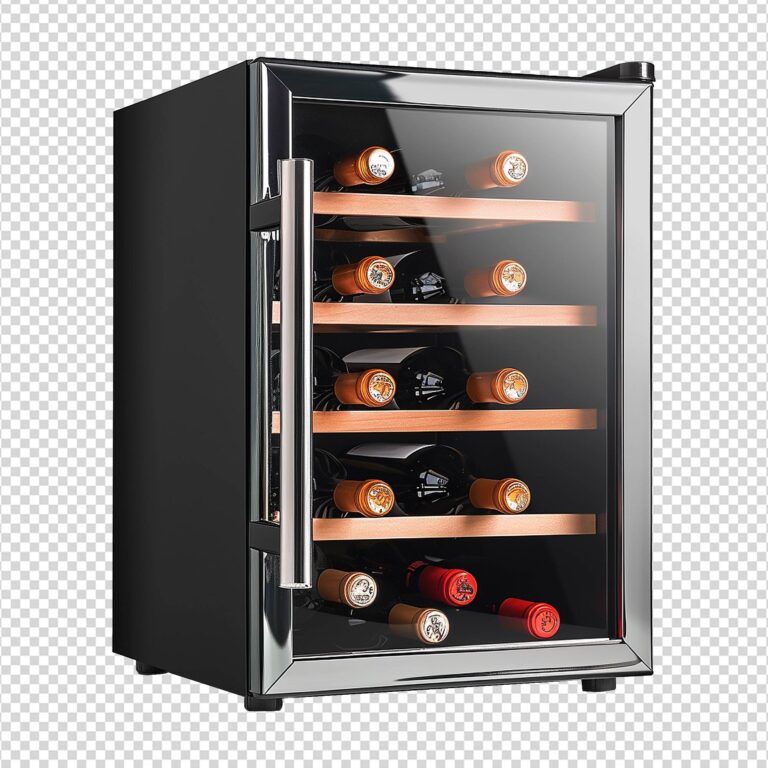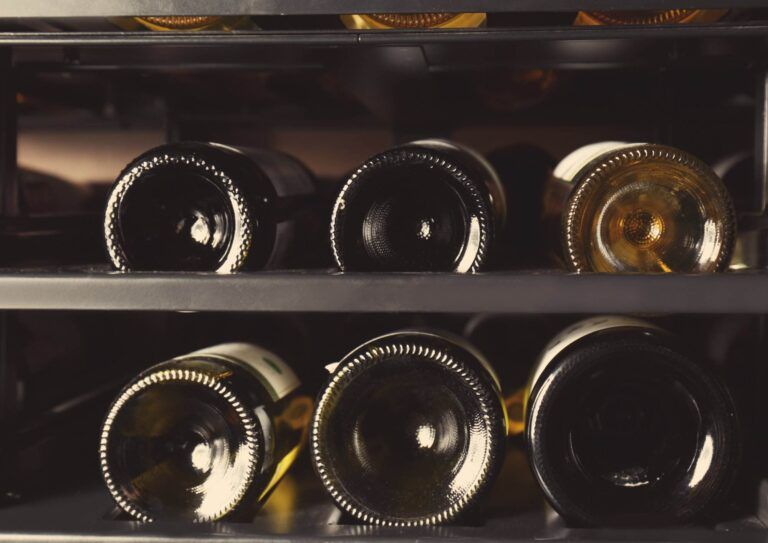Secrets to Selecting the Perfect Wine Refrigeration Unit for Danville’s Climate
Danville, located in the picturesque San Ramon Valley of California, boasts a Mediterranean climate characterized by warm, dry summers and mild, wet winters. This climate is generally favorable for wine storage, but it also presents unique challenges that wine enthusiasts must consider. The temperature fluctuations between day and night can be significant, especially during the summer months when daytime highs can soar into the 90s.
Such variations can adversely affect the quality of wine if not properly managed. Therefore, understanding the local climate is crucial for anyone looking to store wine in Danville. Humidity levels in Danville also play a vital role in wine preservation.
Ideally, wine should be stored in an environment with a humidity level between 50% and 70%. Too much humidity can lead to mold growth on corks, while too little can cause corks to dry out, allowing air to seep into the bottle and spoil the wine. Given these factors, it becomes essential for wine collectors and enthusiasts in Danville to invest in a reliable wine refrigeration unit that can maintain optimal conditions year-round.
This understanding of the local climate will guide you in making informed decisions about your wine storage solutions.
Key Takeaways
- Danville has a Mediterranean climate with warm, dry summers and mild, wet winters, making it important to consider temperature and humidity control when storing wine.
- Factors to consider when selecting a wine refrigeration unit include the size of your wine collection, available space, and desired features such as single or dual temperature zones.
- Finding the right size for your wine refrigeration unit involves considering the number of bottles you plan to store and allowing for future growth in your wine collection.
- When choosing the right type of wine refrigeration unit, consider options such as freestanding, built-in, or countertop units, as well as thermoelectric or compressor cooling systems.
- Energy efficiency and environmental considerations are important when selecting a wine refrigeration unit, with options such as low energy consumption and eco-friendly refrigerants available.
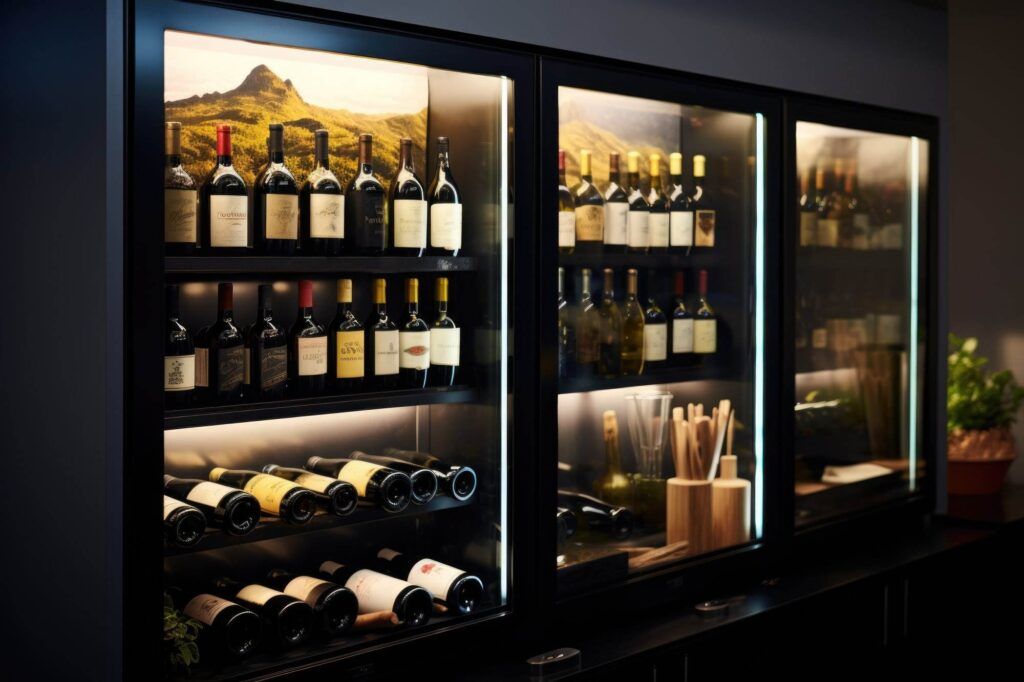
Factors to Consider When Selecting a Wine Refrigeration Unit
Temperature Control: The Key to Preserving Wine Quality
Wine is extremely sensitive to temperature changes, and even slight fluctuations can alter its taste and aroma. A quality wine refrigerator should maintain a consistent temperature, ideally between 45°F and 65°F, depending on the type of wine being stored. If you plan to store both red and white wines, look for units with dual-zone capabilities, as they require different temperature settings.
Vibration Control: Minimizing Disturbance to the Sediment
Wine bottles should be kept as still as possible to avoid disturbing the sediment that can settle at the bottom of the bottle. Many wine refrigeration units are designed with vibration-dampening technology to ensure that your bottles remain undisturbed.
Insulation Quality: Maintaining Optimal Storage Conditions
The insulation quality of the unit is also crucial. A well-insulated refrigerator will maintain its internal temperature more effectively, reducing energy consumption and ensuring that your wine is stored under optimal conditions.
Finding the Right Size for Your Wine Refrigeration Unit
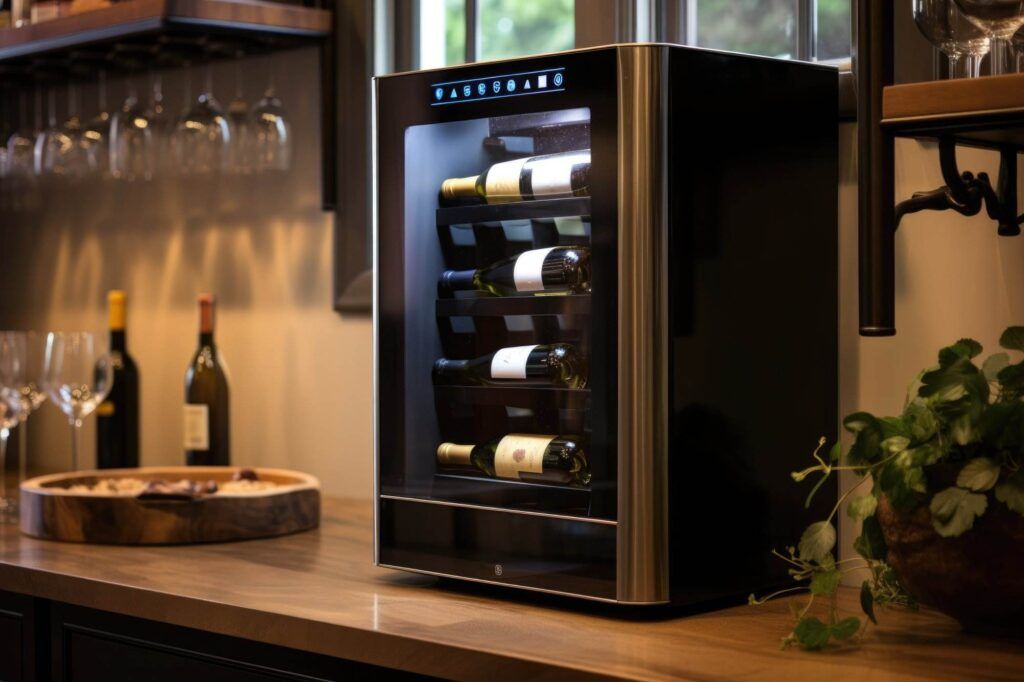
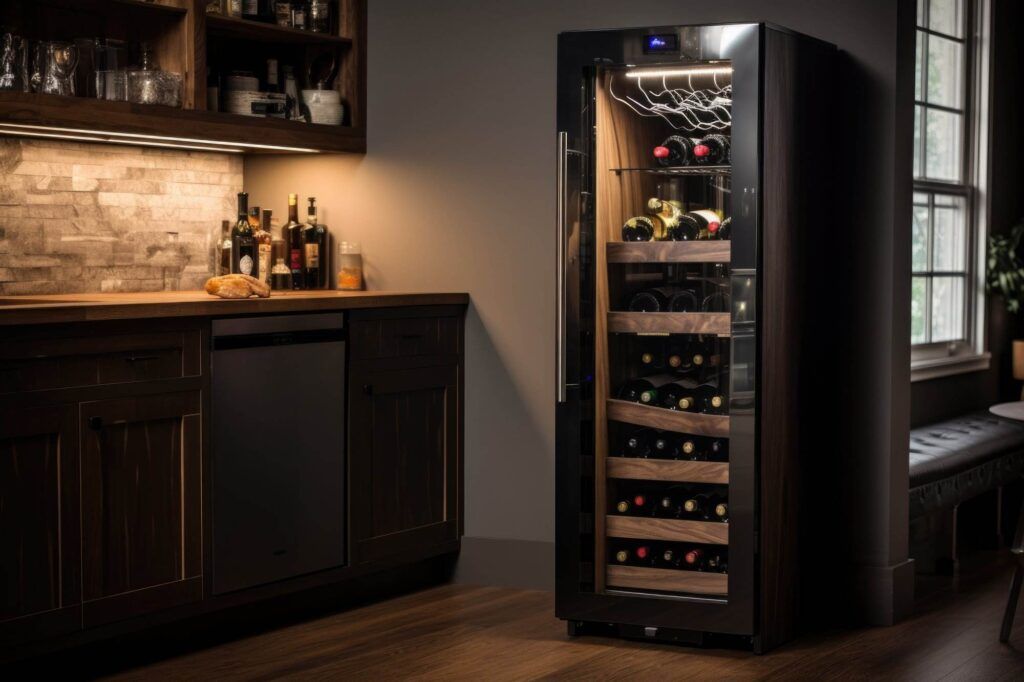
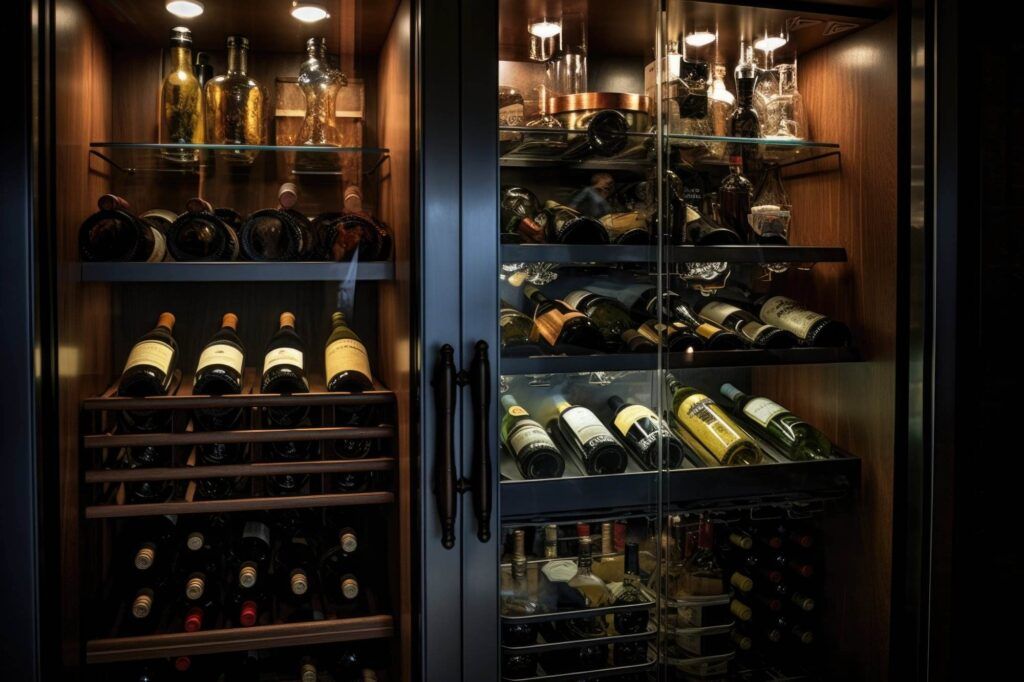
Choosing the right size for your wine refrigeration unit is essential for both functionality and aesthetics. The size of the unit will largely depend on your collection size and available space in your home. If you are just starting your collection or have limited space, a compact unit that holds around 12 to 30 bottles may be sufficient.
However, if you are an avid collector or plan to expand your collection in the future, investing in a larger unit that can accommodate 50 bottles or more would be wise. It’s also important to consider the layout of your space when selecting a size. Measure the area where you plan to place the unit to ensure it fits comfortably without obstructing pathways or other furniture.
Additionally, think about how often you will access your wine. If you frequently entertain guests or enjoy sampling different wines, a larger unit may be more convenient, allowing for easy access to a variety of selections without overcrowding.
Choosing the Right Type of Wine Refrigeration Unit
There are several types of wine refrigeration units available on the market, each designed to meet different needs and preferences. The most common types include freestanding units, built-in models, and under-counter refrigerators. Freestanding units are versatile and can be placed anywhere in your home, making them ideal for those who want flexibility in their wine storage options.
They often come in various sizes and styles, allowing you to choose one that complements your home décor. Built-in models are designed to fit seamlessly into cabinetry or kitchen islands, providing a sleek and integrated look. These units are perfect for those who want their wine storage to blend with their kitchen or dining area.
Under-counter refrigerators are another popular choice for those with limited space; they fit neatly beneath countertops and offer easy access to your favorite bottles. When choosing the right type of unit, consider your lifestyle, available space, and aesthetic preferences to find the best fit for your home.
Energy Efficiency and Environmental Considerations
In today’s environmentally conscious world, energy efficiency is an important consideration when selecting a wine refrigeration unit. Many modern units are designed with energy-saving features that not only reduce electricity consumption but also lower your utility bills. Look for models that have received Energy Star certification, as these units meet strict energy efficiency guidelines set by the U.S.
Environmental Protection Agency. In addition to energy efficiency, consider the materials used in the construction of the unit. Opting for a refrigerator made from sustainable materials can further reduce your environmental impact.
Furthermore, some manufacturers offer recycling programs for old units when you upgrade to a new one, allowing you to dispose of your old appliance responsibly. By making environmentally conscious choices in your wine refrigeration unit selection, you can enjoy your collection while minimizing your carbon footprint.
Budgeting for Your Wine Refrigeration Unit
Budgeting for a wine refrigeration unit involves more than just considering the initial purchase price; it’s essential to account for ongoing costs such as energy consumption and maintenance as well. Wine refrigerators can range from a few hundred dollars for smaller models to several thousand dollars for high-end units with advanced features. Determine how much you are willing to invest based on your collection size and storage needs.
Additionally, consider any potential installation costs if you opt for built-in or under-counter models that may require professional installation. Maintenance costs should also be factored into your budget; while many units require minimal upkeep, regular cleaning and occasional repairs may be necessary over time. By carefully planning your budget and considering all associated costs, you can make an informed decision that aligns with your financial goals while ensuring your wine collection is stored properly.
Installation and Maintenance Considerations
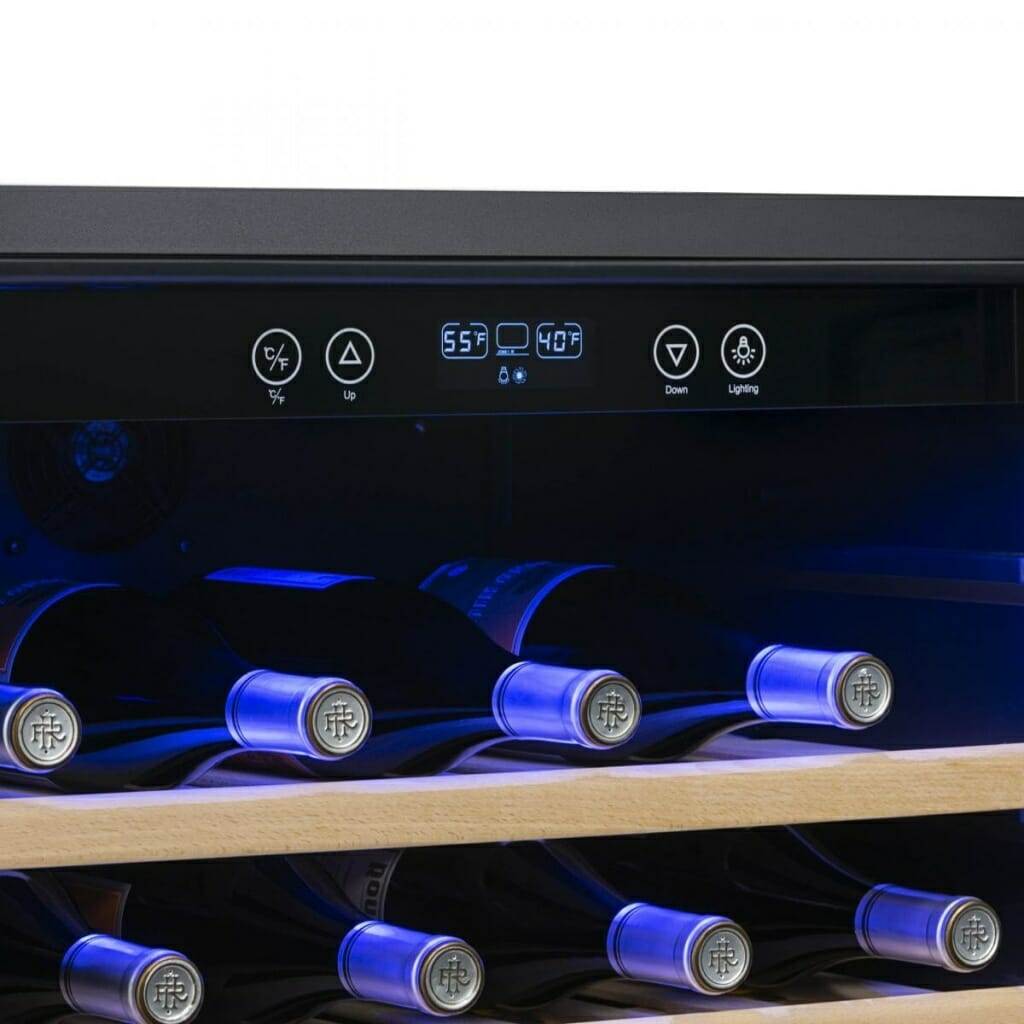
Proper installation is crucial for ensuring that your wine refrigeration unit operates efficiently and effectively. If you choose a freestanding model, placement is key; ensure it is located away from direct sunlight and heat sources such as ovens or radiators. For built-in or under-counter models, follow manufacturer guidelines regarding ventilation requirements to prevent overheating and ensure optimal performance.
Maintenance is equally important in prolonging the life of your wine refrigerator. Regularly clean the interior and exterior surfaces to prevent dust buildup and maintain hygiene. Check door seals periodically to ensure they are airtight; damaged seals can lead to temperature fluctuations that may compromise your wine’s quality.
Additionally, keep an eye on the temperature settings and humidity levels within the unit to ensure they remain within optimal ranges for wine storage.
Additional Features to Consider for Your Wine Refrigeration Unit
When selecting a wine refrigeration unit, consider additional features that can enhance your overall experience. For instance, adjustable shelving allows you to customize the interior layout based on bottle sizes and shapes, making it easier to organize your collection. Some units also come equipped with LED lighting that not only illuminates your bottles but also minimizes heat exposure compared to traditional bulbs.
Another feature worth considering is a digital temperature display with precise controls that allow you to monitor and adjust settings easily. Some advanced models even offer Wi-Fi connectivity, enabling you to control temperature settings remotely via smartphone apps. Additionally, look for units with UV-resistant glass doors that protect your wine from harmful light exposure while still allowing you to showcase your collection beautifully.
By considering these additional features, you can select a wine refrigeration unit that meets both functional needs and personal preferences, ensuring an enjoyable wine storage experience for years to come.
FAQs
What factors should be considered when selecting a wine refrigeration unit for Danville’s climate?
Factors to consider when selecting a wine refrigeration unit for Danville’s climate include the average temperature and humidity levels, as well as any seasonal variations in climate. It is important to choose a unit that can maintain the ideal conditions for wine storage despite the local climate.
What are the ideal temperature and humidity levels for wine storage in Danville’s climate?
The ideal temperature for wine storage in Danville’s climate is between 45-65°F (7-18°C), with 55°F (13°C) being the optimal temperature for most wines. The humidity levels should be maintained between 50-70% to keep the corks from drying out and to prevent mold growth.
What type of wine refrigeration unit is best suited for Danville’s climate?
For Danville’s climate, a wine refrigeration unit with a built-in temperature and humidity control system is recommended. This will ensure that the unit can maintain the ideal storage conditions regardless of the external climate.
Are there any additional features to look for in a wine refrigeration unit for Danville’s climate?
Additional features to consider when selecting a wine refrigeration unit for Danville’s climate include UV protection, vibration control, and energy efficiency. UV protection will help preserve the wine from light exposure, while vibration control will prevent disturbance to the wine sediment. Energy efficiency is important for reducing energy costs, especially in a climate with potential temperature extremes.

